
4 minute read
ESG and value chain planning for net zero
by allmanhall
We are facing some very large, complex and interconnected environmental challenges. Challenges that demand our attention. Exponential global population and wealth growth are fuelling our demand for ever more resources and energy, whilst the restorative power of planet remains fixed. allmanhall have just submitted our letter of commitment to join the UN Global Compact for precisely this reason.
As we become more powerful our planet becomes more fragile. Climate change is one of several material environmental challenges facing us, alongside biodiversity loss, pollution, water scarcity, the health of our oceans and the challenge of how to feed a growing global population sustainably, healthily, and equitably.
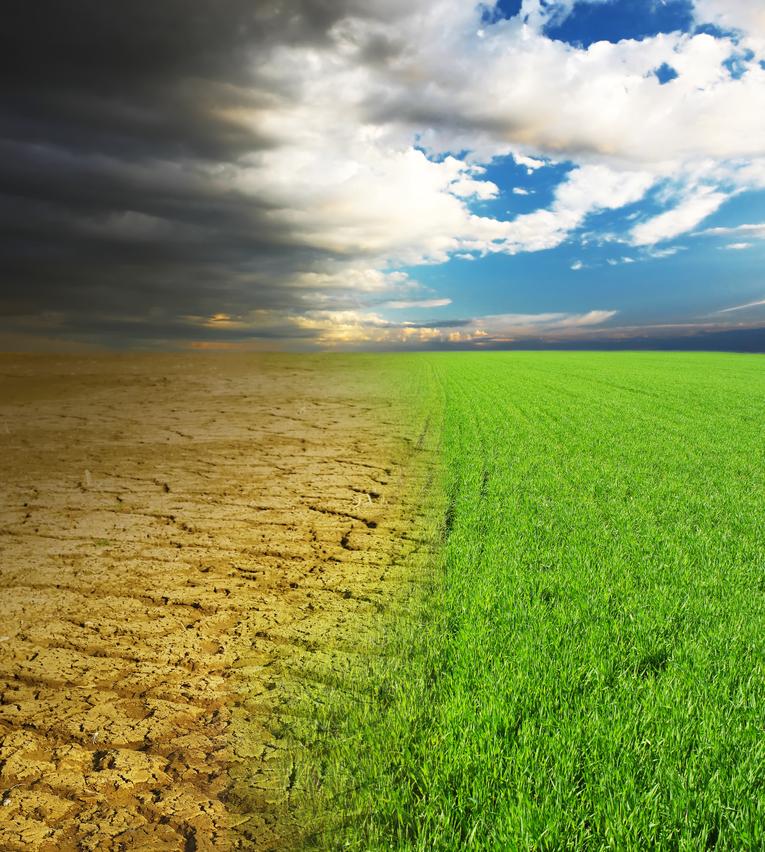
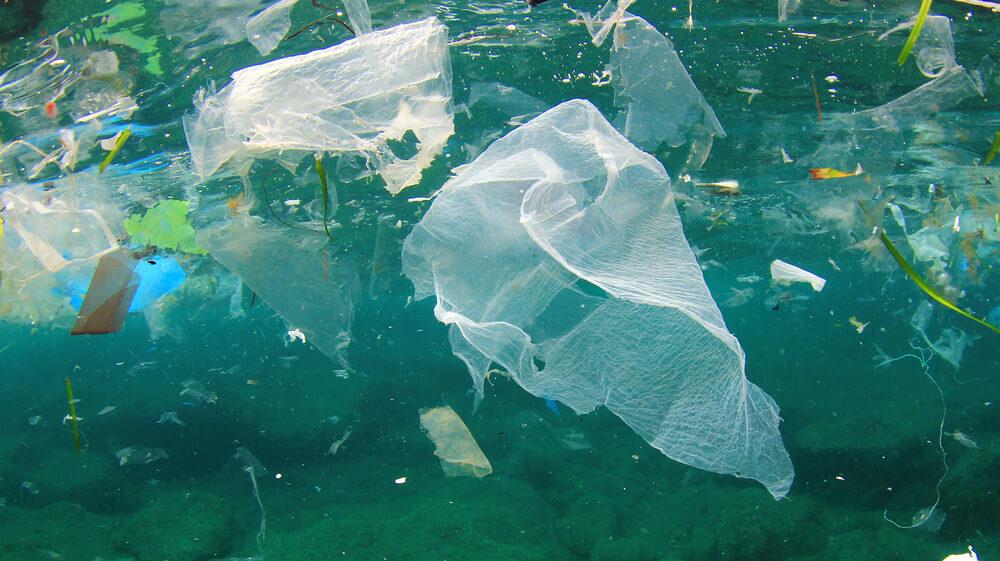
Here are several simple steps that can help your team to start the journey to redress some of the balance.
1. Global issues require global responses which is why any approach or plan should incorporate the 17 United Nations Sustainable Development Goals as societies, organisations and governments translate these goals into action. Take time to familiarise yourself and your team with these. They are a global call to action for some of our most challenging issues.
2. Take action to tackle climate change. Time is rapidly running out and our actions over the next two decades will determine our future. The IPCC sixth assessment report shows that we will probably reach 1.5˚c of warming within the next two decades and we need to cut emissions significantly to prevent the worst outcomes. 2˚c warming is risky and best estimates show a high emissions pathway leading to a catastrophic 4.4˚c by 2100. Joining the Science Based Targets Initiative, as allmanhall has, is a way to take action.
Whilst these interconnected issues require global system change, we are also obliged to play our part in taking positive steps through the way in which we operate as individuals and as organisations and communities. Change needs to happen quickly and at all levels - top down and bottom up. These challenges also call for a rethink, including how society assigns value to nature and what value society is prepared to place on the health of our people and planet.
3. Up to a third of global greenhouse gas emissions come from our food systems. Your foodservice operation can take these simple measures in relation to food ingredients.
a. Use carbon footprint technology like Foodsteps to calculate recipe emissions. Healthy, tasty, nutritious and climate friendly meals can be identified and labelled as ‘hero’ dishes. It is also a helpful way to enable informed choices as it clearly communicates the carbon intensity of different food types.

b. Recognise that transportation is usually only a small element of the carbon footprint of food. It is about what you eat, not necessarily where it comes from. In climate terms ‘local’ is only good sometimes and the food miles concept is largely defunct – don’t fall into that trap.
c. Change the dietary trend from more meat and dairy to less, which can also help to reduce cost. Livestock alone contributes 14.5% of human produced global greenhouse gas emissions. (FCRN chapter 1 Overview of Food System Challenges).
d. Eliminate airfreighted produce. Only 1.5% of imported fruit and vegetables travel by air but account for 50% of all fruit and vegetable transport related emissions. (Centre for Environmental Strategy, University of Surrey).
Our Seasonality article in this edition of Foodsight, on page 48, has more detail.
f. Appreciate what lies behind our food, the environmental impacts of our food systems and the value of nature.
i. The World Economic Forum estimates that 50% of global GDP is derived from natural resources, so let’s look after it. If we destroy the natural world, we destroy ourselves.
ii. Climate change cannot be tackled without eliminating deforestation and 12 million hectares of forests are destroyed annually.
iii. 70% of tropical deforestation is due to the production of agricultural commodities such as soya, palm oil, beef, pulp, timber and paper.
iv. Ensure that soya, palm oil and paper products are all sourced from certifiable sustainable sources. This should include mapping them as ingredients within more complex products. Soya and palm oil are not the problem, it is how they are grown that is.
e. Out of season produce grown in energy intensive UK greenhouses can have significantly higher environmental impacts than those grown overseas, outdoors and travelling many miles by sea or road.
v. 90% of global fish stocks are fully or over exploited. To combat this, make sure that the fish products used in your foodservice operation is sustainably sourced by choosing products that are on the Marine Conservation Society ‘Fish to Eat’ list and never purchase items on the ‘Fish to Avoid’ list.
4. Up to a third of all plastic packaging, 47 million tonnes, leak from our collection systems annually (WRAP). Take these simple steps to make a positive difference: a. Identify and eliminate problematic and single use plastics such as polystyrene, PVC cling film, non-compostable bags, single serving plastic sachets, and plastics that cannot be detected by near infrared (NIR) sorting systems. (See also our Single Use Plastics article on page 34 of this edition of Foodsight). a. One kilo of food waste is equivalent to throwing away three kilos of CO2e (WRAP) and circa 30% of all food produced for human consumption is never consumed (FAO). b. Measure the amount of catering food waste at each production stage: preparation, spoilage, plate & over production. c. Segregate all waste streams for recycling. d. Recycle used cooking oil. e. Align your waste management to the capabilities of your local recycling facilities.

5. Take food waste seriously - it impacts climate change. The UK foodservice and hospitality sector throws away 1.1 million tonnes of food annually, and seventy-five percent is avoidable (WRAP).
6. Measure the impact of your actions to assess progress and to communicate the benefits. Setting targets and pledges show good intent though it is key that these good intentions lead to quantifiable improvement. Consider joining schemes like the Science Based Target Initiative (SBTi) mentioned earlier. This will help validate your decarbonisation ambitions and ensure that your climate reduction targets are in line with the latest climate science.
For more information, please do speak to the team at allmanhall. As food procurement experts, who understand the complexities of food supply chains, we will be more than happy to provide support regarding your ESG and value chain planning.
Interested in understanding the carbon impact of your menus?
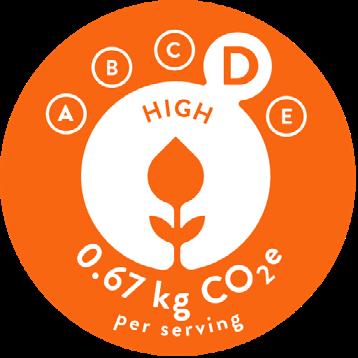
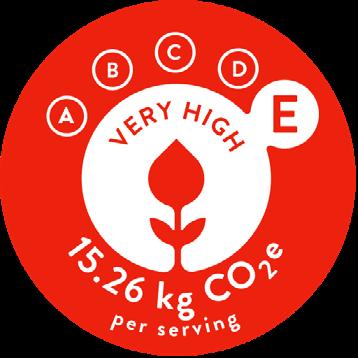
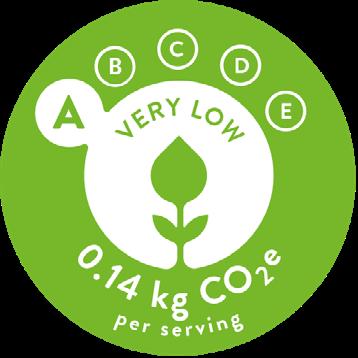
Trial Foodsteps for FREE and do just that...


Add up to 5 recipes or food items for FREE and see the carbon impact data, instantly!
Foodsteps is so easy to use and great for communicating and understanding carbon impact assessments of your food. Together, you and your diners can make a difference.


You won’t be able to download the carbon labels under the free trial.
But, if you like what you see, simply ask allmanhall for advice about the best option for you and how to access competitive rates.
Full T&Cs here.










